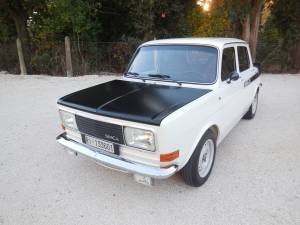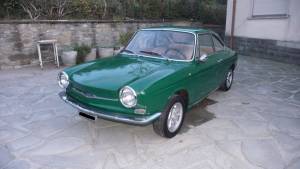SIMCA 1000 classic cars for sale
The SIMCA 1000 is a compact four-door saloon produced from 1961 to 1978, best known for its rear-mounted engine, straightforward engineering, broad model range, and status as a benchmark of French budget motoring. Still admired for its mechanical simplicity and historic motorsport links, the SIMCA 1000 remains a practical and accessible entry point into classic car ownership.
Search results
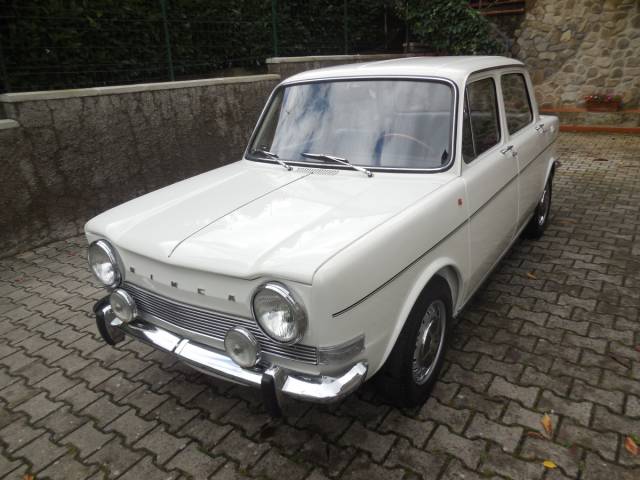
1969 | SIMCA 1000 Special
PRIMA SERIE
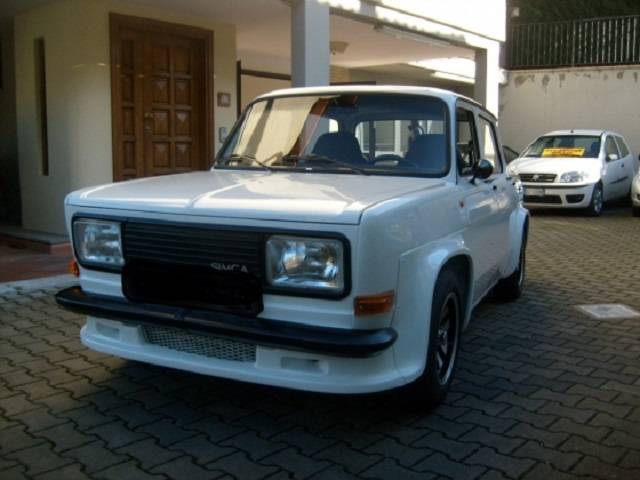
1978 | SIMCA 1000 Rallye 3
OMOLOGATA ASI
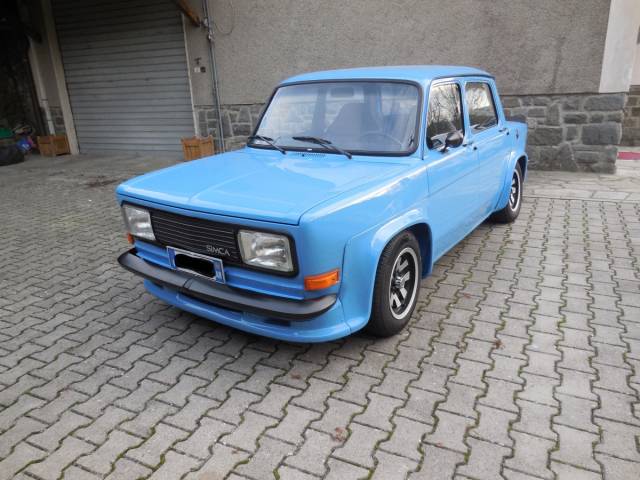
1978 | SIMCA 1000 Rallye 3
OMOLOGATA ASI
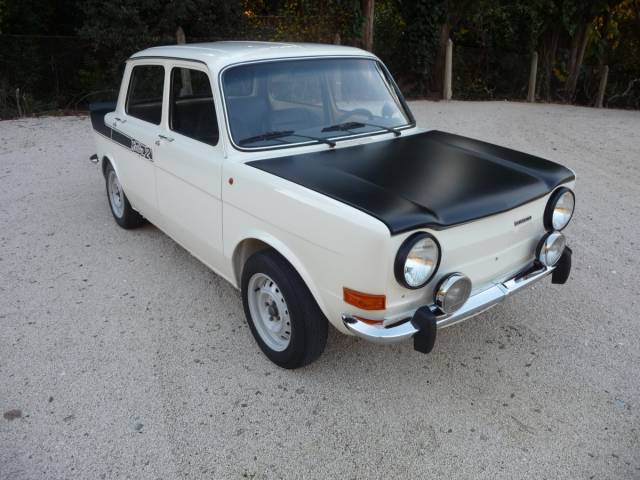
1976 | SIMCA 1000 Rallye 2
AUTO TUTTA RICONDIZIONATA ED ORIGINALE

1977 | SIMCA 1000 Rallye 2
RESTAURATA INTERAMENTE

1971 | SIMCA 1000 Special
1000 RALLY PRIMA SERIE CC 1118 OMOLOGATA ASI TARGA ORO

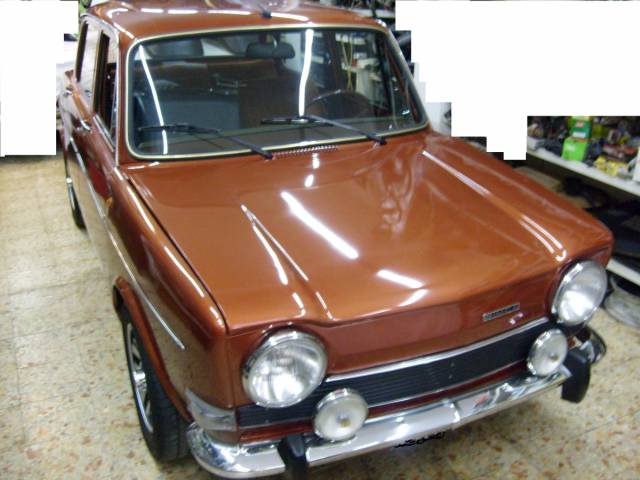
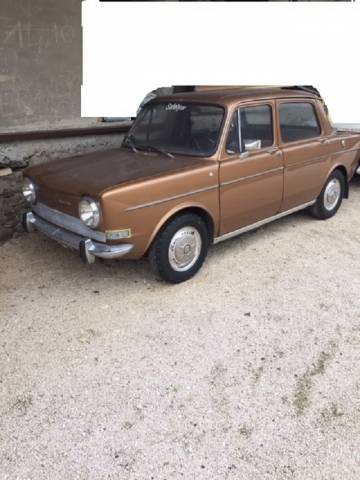
1974 | SIMCA 1000 GLS
IN PARTE DA RESTAURARE

1978 | SIMCA 1000 Rallye 3
NUMERO 0001 DI 1000 ESEMPLARI PRODOTTI
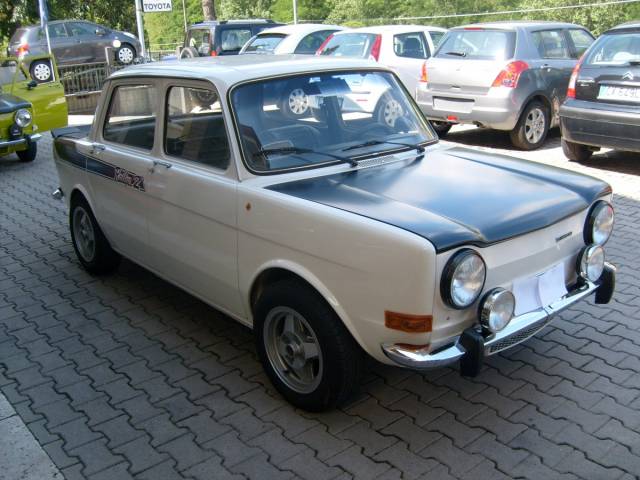
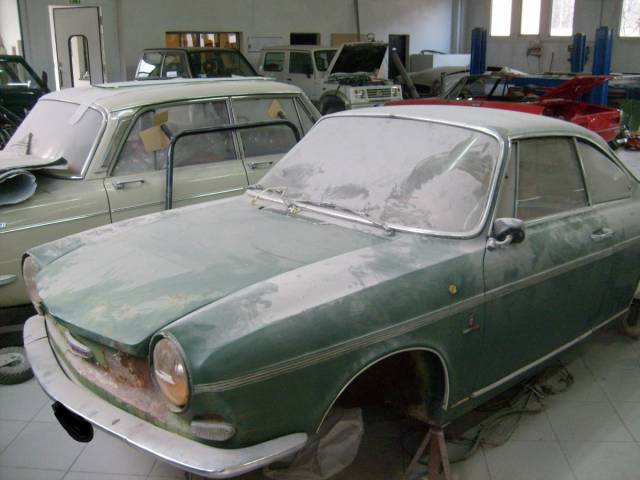
1966 | SIMCA 1000 Coupe
DA RESTAURARE
History of the SIMCA 1000
The SIMCA 1000 holds a unique place in automotive history as one of Simca’s first original creations, breaking from the earlier licensed Fiat designs. Developed following technical exchanges with Fiat as a potential successor to the Fiat 600, it debuted at the Paris Motor Show in 1961. Its strictly pontoon-shaped, self-supporting bodywork and rear-engined, water-cooled Poissy engine set it apart. The car’s initial simplicity made it affordable and innovative in its class. Over its nearly two-decade production run, the 1000 set the tone for Simca as an independent, forward-thinking manufacturer and was assembled not only in France but also Spain, Colombia, and Morocco, helping cement its international reach and cultural impact.
Model history
The evolution of the SIMCA 1000 saw steady updates throughout its lifespan. Early versions used a 944 cc engine producing 32 PS, with later models offering more powerful options. Facelifts in 1966 and 1968 brought interior improvements and external updates. Special variants, including the 1000L, 1000 GL, and the semi-automatic 1000 GL Automatik, appeared. The introduction of the Special and Rallye lines, along with the sporty Bertone Coupé, broadened the offering. Notably, the 1000 Rallye 1, Rallye 2, and Rallye 3 showcased the model’s potential in amateur racing and made the SIMCA 1000 a regular sight at motorsport events. The series ended in 1978, following the PSA Peugeot-Citroën takeover.
Highlights and Market Facts
One of the SIMCA 1000’s distinguishing characteristics is its RR (rear engine, rear wheel drive) layout, which delivered unique handling within the city car segment of the era. Trim levels ranged from the basic to well-equipped, with features such as a walnut dash, faux-leather interior, and original radios available. The car's practical frunk (front trunk) with space for a spare wheel and its robust availability of spare parts further add to its appeal. Motorsport versions with striped graphics and performance tweaks caught the eye of enthusiasts and solidified the car’s reputation in rallying circles.
Technical data
Special Editions and Motorsport Models
The SIMCA 1000 experienced multiple notable versions. The Bertone-designed Coupé, created by Giugiaro, stands out for collectors interested in design pedigree. The Rallye 1 arrived in 1970 with a 1294 cc engine and distinctive rally striping, followed by the Rallye 2 (featuring 80 PS, Solex twin carburettors, and disc brakes all around) and finally the aggressive-looking Rallye 3, with wider fenders and the most powerful engine yet. These variants, along with special trims like the 1000GL Automatik or GLS, attract those interested in period performance and originality.
Typical Weak Spots and Maintenance Advice
Prospective buyers of the SIMCA 1000 should inspect the body for standard wear such as scratches or small dents, as well as potential corrosion in the chassis and wheel arches. Older mechanicals—especially clutches, brakes, and engines—often require inspection after long periods of inactivity. Original interiors (headliner, carpets, and door cards) are prone to age-related deterioration but are usually restorable. Spare parts availability is strong, with common replacement items including headlights, driveshaft boots, and taillights. Many cars have passed technical inspections necessary for historic registration (e.g., Italy’s Targa Oro).
Engine, Drivetrain, and Driving Experience
Driving a SIMCA 1000 is marked by its unique rear-engined balance and lightweight build. The handling delivers agility at low speeds and a lively, engaging feel, especially in the more powerful Rallye variants. Standard models feature a 944 cc engine with 32–45 PS, a manual four-speed box, and basic but effective drum or disc brakes depending on trim and year. The Rallye 2 in particular stands out with 80 PS and four-wheel disc brakes, making it a popular choice for historic motorsport and regularity rallies. - SIMCA 1000 Special: 1118 cc engine, 52 PS, higher comfort trim.
- SIMCA 1000 Rallye 2: 1294 cc, 80 PS, twin carburettors, upgraded brakes.
- SIMCA 1000 Coupé Bertone: Distinctive design by Giugiaro, collectable appeal.
Design, Trim, and Accessories
The SIMCA 1000 is shaped in classic ponton style, created by Mario Revelli di Beaumont, with a functional yet unmistakable French silhouette. Its four doors and boxy stance provided generous space for occupants. The Bertone Coupé (by Giugiaro) added Italian flair. Common features include chrome trim on bumpers and mouldings, period-correct hubcaps, two-tone colour schemes such as Bleu Métallisé 93965, and interiors ranging from original vinyl to tartan cloth. Optional equipment included the rare Autovox radios, walnut dashboards for the export markets, and a variety of seat fabrics. Period accessories such as auxiliary gauges, sport steering wheels, and rally stripes are popular among historic motorsport fans.
Other Features and Useful Details
Many SIMCA 1000s are found today with supporting documents from their first registration—old-style logbooks, period number plates, and in some cases ASI certificates for historic Italian cars. The practical front trunk provides space for a spare wheel and additional luggage, and many cars are seen at historic car shows and classic regularity tests across Europe. Vehicles are often sold with original and spare parts, such as differential gear sets, heads, and oil pumps, making ongoing maintenance straightforward. Transfers of documents and historic registration are usually straightforward for export purposes.
Summary
The SIMCA 1000 series remains the core of classic SIMCA representation on the market, spanning various trims from basic economy models to desirable Rallye editions and Bertone coupés. With strong parts support, simplicity of design, and its role in continental motorsport history, the SIMCA 1000 is a value-oriented choice—suitable for those entering classic car ownership as well as experienced enthusiasts in search of an approachable and engaging project.




